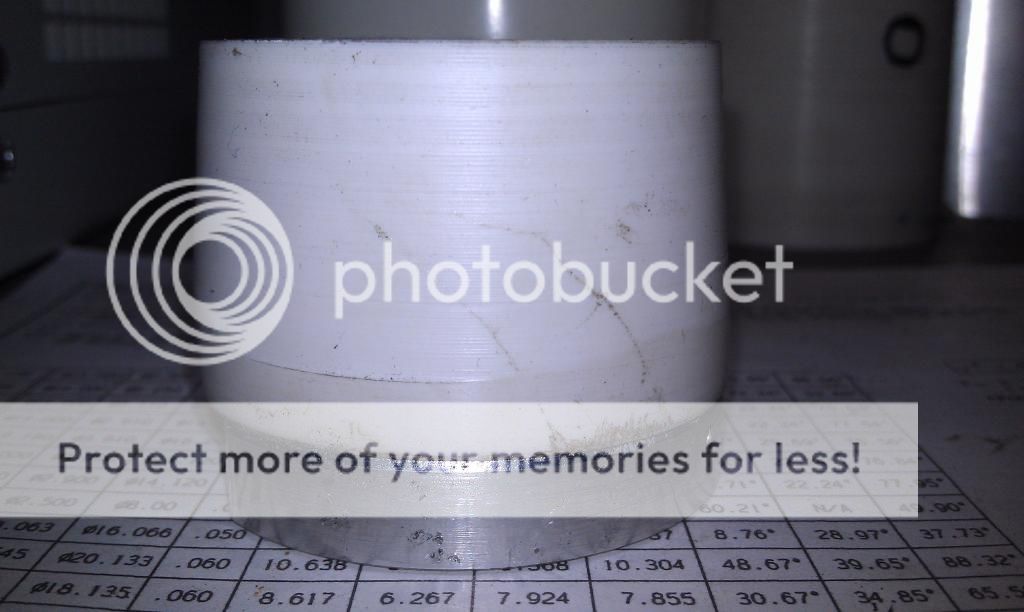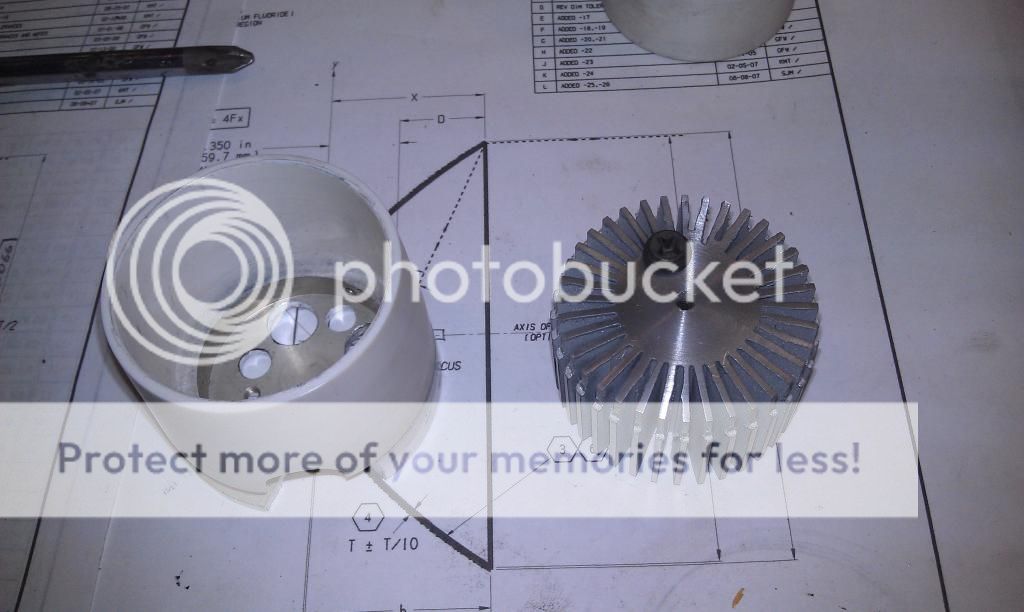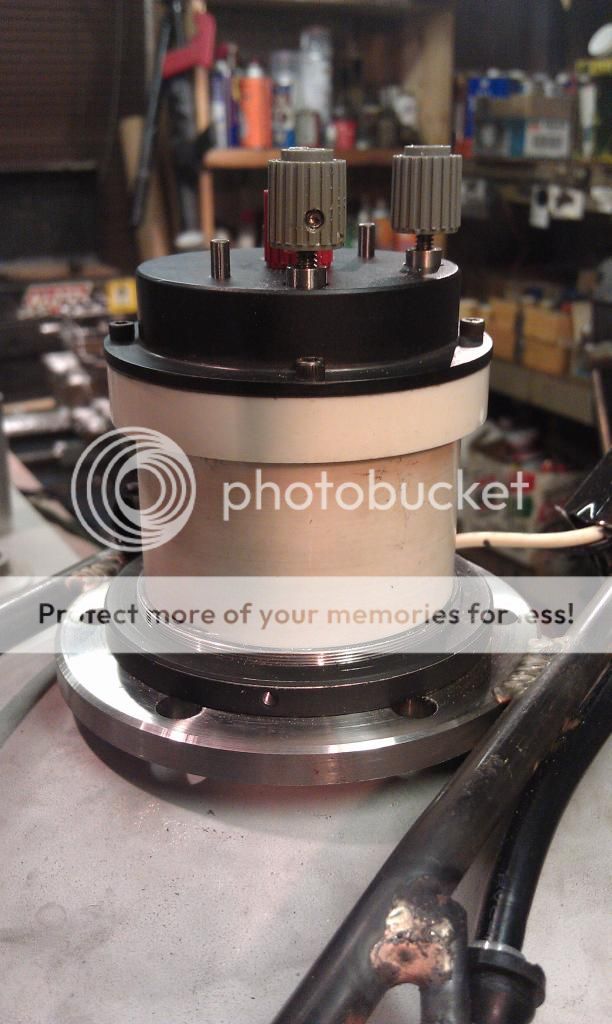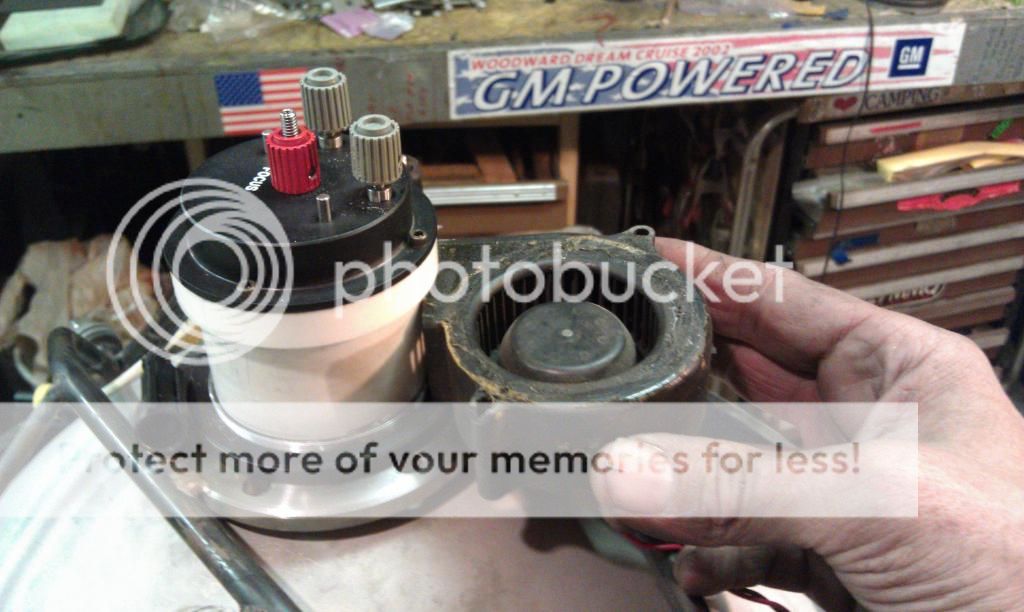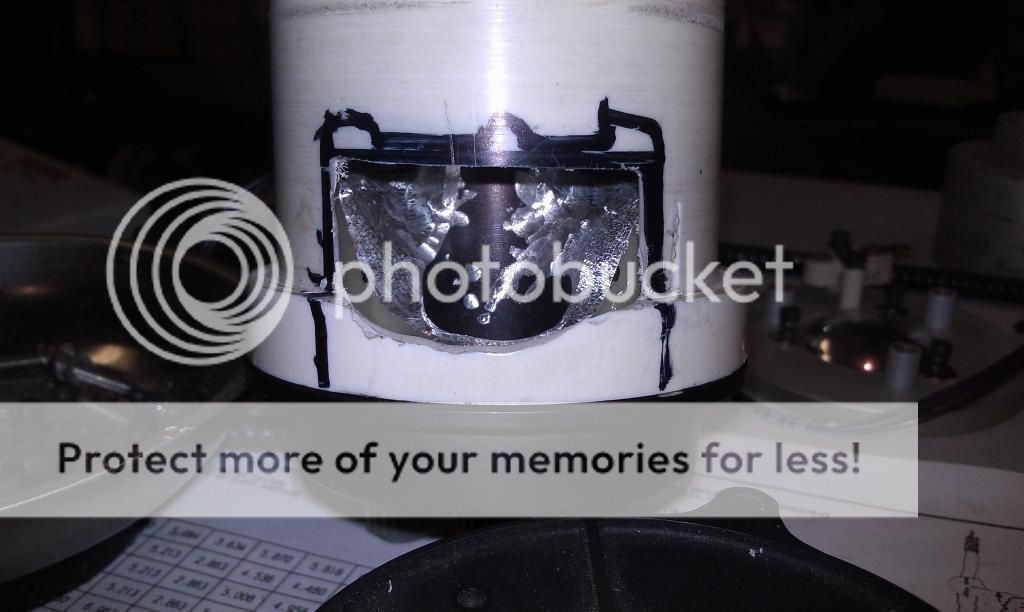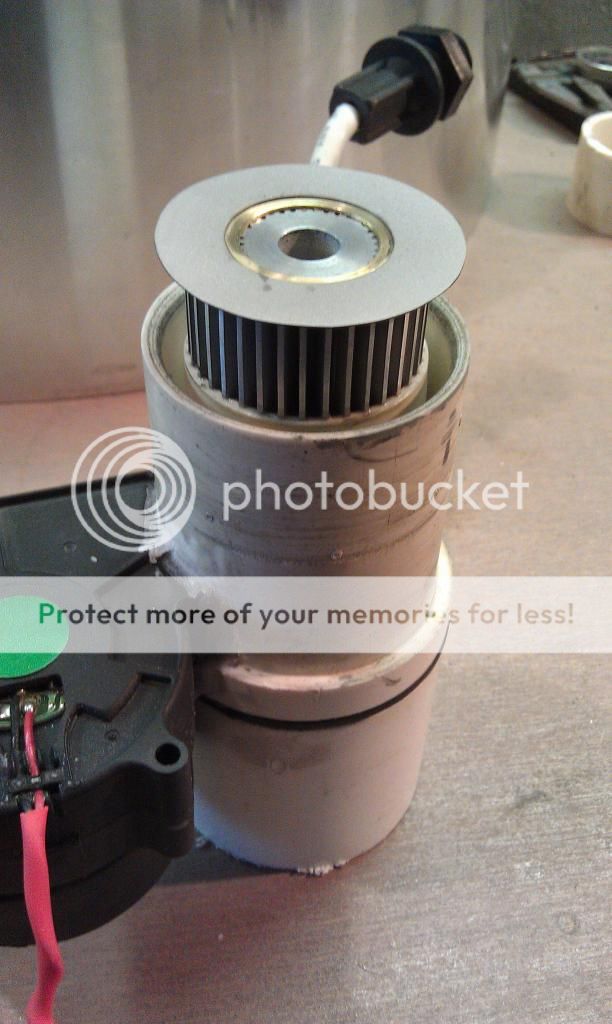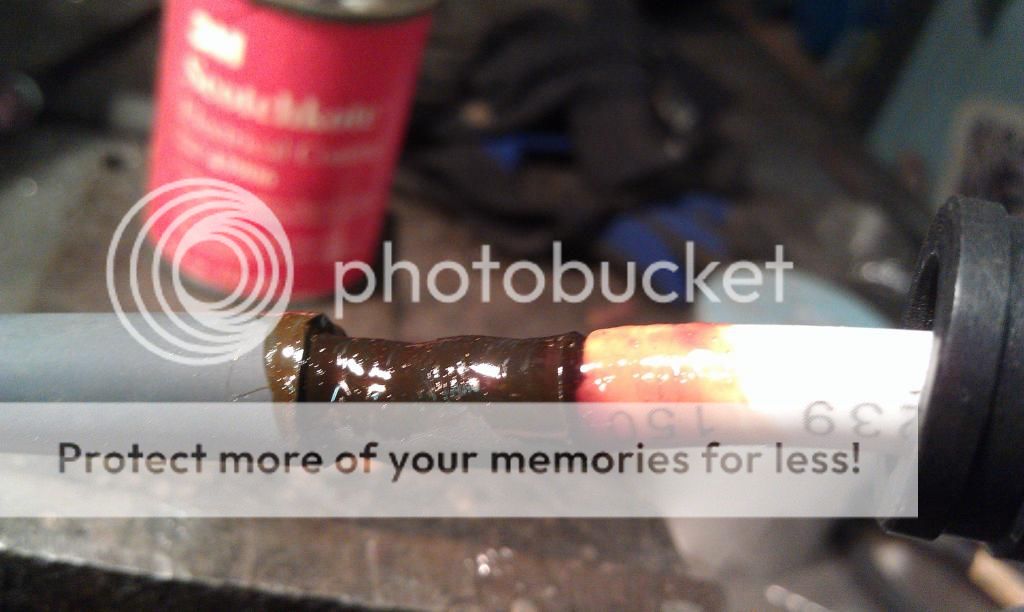Re: Scored a Nice 16" Parabolic Reflector. HID or Short Arc? Test Beamshots w/ HID.
Congratulations on your venture. The beam this will throw will be incredible.
Keep in mind, only certain short-arc lamps benefit from heat sinks. Lamps with Molybdenum "foil" seals don't benefit from heat sinks. Only lamps having seals with rod construction benefit from heat sinks because only the rods are thick enough to transfer the heat.
Lamps with rod seals are much longer because they have graduated construction to compensate for the expansion differences between the quartz and the electrode shafts, whereas Molybdenum foil in smaller lamps is close enough in thermal expansion to quartz to be usable up to a certain foil size. Only the higher powered multi-kilowatt lamps have the rod construction, because it's a more involved construction and the more simple foil seal construction can't be used because foils have a maximum electrical current due to the limited foil size required for maintaining a seal before the difference in thermal expansion becomes an issue.
But the foils are not thick enough to conduct practically any heat away from the seal to the heat sink. I had to change my plan after I found this out the hard way. Foil seals need direct air flow to cool the seal. In my testing, even very large blocks of copper heat sinks did absolutely nothing to assist in cooling the seals. Unfortunately you'll likely have this issue too, as the lamp you're using has foil seals. To be fully assured of lamp seal cooling effectiveness in the enclosure, you'll need to obtain from the lamp manufacturer a modified lamp having thermocouples embedded into the seals.
Hello, get-lit. Thanks for dropping by and offering your kind, helpful input! I really enjoy your writing, your fascinating beamshot simulations, and the Nightsword design discussions. You have a well honed, BEAUTIFUL design, there. Impressive design/engineering skills!
That is some new info to me, about the thermal path effectiveness of Mb foil seals, vs rods. It makes sense, but I was not aware of the distinction, and frankly didn't even know about the difference in these alternative designs.
So, if I understand correctly,
in the case of a high pressure Hg lamp, with Molybdnum foil seals, which requires forced cooling: the cooling requirement is to keep the foil seals from melting or being overstressed due to differential thermal expansion vs the quartz. You don't want to overcool the quartz envelope itself, however, as that would lower the operating mercury pressure, hurting efficiency and possibly resulting in Hg condensation on the quartz during operation. So, you have to direct air at the two straight sections on either end of the lamp, rather than at the metal caps on the ends, because the thermal path to the metal caps is poor.
Correct so far?
So, my configuration will not work
for Mb foil seal lamps that require forced cooling. I would need a different, more complex airflow arrangement to actually cool the quartz shafts of the lamp without cooling the spherical envelope.
In the case of a rod-style lamp that requires forced cooling, the rods carry heat to the end caps more effectively, allowing the caps, or a heat sink in thermal communication with the caps, to be the forced-air target, and still keep the Mb rods cool enough. In this case, the rods would help cool the electrodes themselves, too. I could run such lamps in this configuration, assuming the cooling rate is correct for each lamp end.
Still good?
The Osram HBO 200 W/2 lamp I am using now is a Mb seal type lamp, as you observed. Remember, it is a very high pressure Hg lamp, not an Xe lamp. From the spec sheets I have seen, it says 'passive' in the column for cooling requirements. The larger lamps (HBO1000 for example) will state an air velocity requirement in this same data field. So, I think this lamp does not
require forced air cooling.
Would you agree that I am interpreting this specification correctly?
There is also a maximum temperature listed for the HBO200 lamp base ends, in this case 250C. So, I could actually run this lamp with no cooling, as long as the base stays below 250C. Because it is undesirable to overcool the envelope of a VHP type Hg lamp, the less cooling, the better, to a point. The lamp needs to reach design temperatures to work well, mostly due to the need to achieve high Hg gas pressures.
My reason for using forced air cooling with the HBO200 is not to cool the lamp itself, but
to enable me to use relatively low temperature plastic as my HV isolation material. If I simply installed the lamp directly into a plastic base, I would achieve the necessary HV isolation, but the plastic would be insulating the lamp base end, and elevating it's temperature. And the plastic would soften, expand, and perhaps melt. So, I am using a heat sink to make my lamp mount. The cooling air only needs to reduce the temperature of the heat sink enough so that is can interface to plastic without softening it. The plastic will be further cooled by the airflow. The airflow path will be such that there is no direct impingement upon the round lamp envelope. So, I don't think I need to change the configuration for this HBO200 lamp, I think I am ok.
Other reasons for my adding (filtered) forced air are to minimize ozone accumulation inside the light, to keep overall temperatures of the lamp low, and to discourage bugs, dust, or rain from coming inside.
Does my approach make sense in this context, and do you think it will work for this lamp, considering the lamp's passive cooling rating?
Note that the Oriel housing I have is rated for this lamp. It simply uses a chunk of brass as the mount at the lower end of the lamp. A fan provides some airflow to purge the housing of hot air, with no airflow directed at any part of the lamp, and minimal flow at the brass base. There are metal light baffles between the fan and lamp which cause a diffuse, low velocity airflow through the housing, mostly near the walls. See pic a few posts up.




